Note to the Reader on Text Size or place to come together. The milk in the womens breasts dried up, infants We recommend that you adjust your device settings so that all of the above text fits on one line; this will ensure that the lines match the authors intent. If you view the text at a larger than optimal type size, some line breaks will be inserted by the device. If this occurs, the turn of the line will be marked with a small indent.
Praise for New Poets of Native Nations
This twenty-first century of Native poetry is marked by digital singing and storytelling, dislocated relocation, and moments of perception that float like motes in the eyes of Creation. As indigenous peoples, we are always moving and always have been, from Sky to Earth, from East to West, North to South, and back up again.
The root of poetry is song-making on lonely dirt roads, or with ears at the apex of sunrise as we listen for something to happen from our singular sound sculptures, for change to happen. That doesnt change no matter the century or in the measure of time that has no description. Here are twenty-one new (and not-so-new) Native poets, writing in English and sometimes our original languages still listening and translating into language what is given to give back. These twenty-one new poets, like their predecessors, are emerging from the Earth or falling from the Sky, from industrial streets, boarding schools, fast cars, all-night tribal or city dances, MFA programs, and bureaucratic lines. Beauty threads with squalor. This is Earth.
What a collection Heid E. Erdrich has made of so many original and fresh Native voices, from so many places, gathered here, right here; it is happening, this new Native Nations poetry. Joy Harjo New Poets of Native Nations is an astounding collection of writers whose varied works most readers have not yet witnessed. Much of the poetry reveals the confident and unreserved presence of a hybrid language of poetics that does not usually exist inside the boundaries of our earlier concepts of poetry. Boundaries is the key word here, as the writing travels beyond poetic maps of the past. Land and water are contained here, as island and ocean, earth and river, and clouds and grasslandssuddenly and shockingly the grass in the mouth of a trader who had starved the people of food, land, and life.
Now, ours is also an environment of new and indecent pesticides, lead-filled waters not revealed to the people drinking it, yellow toxic tainted rivers, all of these new kinds of genocide. As earlier writers held, poetry is a significant method for decolonizing ourselves. Many came together at the momentous event at Standing Rock: such centuries-old struggles to save lands, water, and other elements of our world make the work an intertribal event. A reader of this book finds the genetic and heartfelt circle of history in the cutting edge of each writers language, which becomes the new old work of hands from the earth bones of indigenous peoples. Such creation and labor revealed in these poems make for a watershed anthology, one of inventive inspiration, of breath , a gift to us from the many writers collected here. Linda Hogan At their best, anthologies minimize canonization and maximize community and conversation.
In New Poets of Native Nations , Heid E. Erdrich invites twenty-one innovative voices to talk to each other and us, and the result is remarkable. I love how this generous collection integrates work from established writers such as Gordon Henry, Jr., LeAnne Howe, and Janet McAdams with newer poets like Natalie Diaz, Jennifer Elise Foerster, Layli Long Soldier, and Tommy Pico, and in so doing illustrates the incredible diversity of contemporary Indigenous poetry. This is an important book not just for Native American writing but for American literature and American history. Dean Rader Its long past time we had a book like this one, with Native poets of many dispositions securely, as Sy Hoahwah says, at the center of the center of the center of things. They dontand thats one of the great things about this bookhave all that much in common on first read.
They dont need to announce their presence or their existence (though they do that too); they can go in all directions, counting on Native and on modernist models, making it old, making it new, stretching and breaking the frames of lyric, explaining and refusing to explain, going on with the exasperated urbanity of Tommy Pico or getting specific about the ice with the wonderful dg nanouk okpik. They stand together not so much in the particular language they choose, as in what they resist: erasure, homogeneity, all the white whatevers that these poets lines blow away. These poets write in a very contemporary Englishsometimes; they also, sometimes, write with and in and for other languages. The swamp where / my calling becomes your calling exists in Margaret Noodins Anishinaabemowin first, and in a language I can read only afterward, and thats as it should be. Craig Santos Perez casts a net or a word grid broad enough to encompass more concepts than you can fit on any map. declares seriously for the migrants, for the displaced or dispossessed among the almost decolonized, trying hard to imagine true sunrise; Brandy Nlani McDougall finds comic outrage by cooking Captain Cook. declares seriously for the migrants, for the displaced or dispossessed among the almost decolonized, trying hard to imagine true sunrise; Brandy Nlani McDougall finds comic outrage by cooking Captain Cook.
Overall, its a serious counterblast and a congeries of movements and, above all, a large set of poems that can stand on their own, or arrange themselves into formations. Their authors write in compressed lines and in economical versets and prose paragraphs, in terse song forms, in chants, in conversation; they write who they are, they write out of defiance, they write out of loyalty, to and for and about nations, places, collectives, real people, and yet, as Layli Long Soldier has it, Everything is in the language we use. Heid E. Erdrich has done long-awaited and patient and generous work in finding and selecting and collecting these poets from many nations, climates, traditions, and even time zones. New Poets of Native Nations is something we need. Stephanie Burt
NEW POETS OF NATIVE NATIONS

NEW
POETS OF
NATIVE NATIONS
Edited by Heid E.
Erdrich
Graywolf Press Compilation and introduction copyright 2018 by Heid E. Erdrich The author and Graywolf Press have provided this e-book to you for your personal use only. You may not make this e-book publicly available in any way. Copyright infringement is against the law. If you believe the copy of this e-book you are reading infringes on the authors copyright, please notify Graywolf Press at: us.macmillanusa.com/piracy. Permission acknowledgments appear on .
This publication is made possible, in part, by the voters of Minnesota through a Minnesota State Arts Board Operating Support grant, thanks to a legislative appropriation from the arts and cultural heritage fund, and a grant from the Wells Fargo Foundation. Significant support has also been provided by Target, the McKnight Foundation, the Lannan Foundation, the Amazon Literary Partnership, and other generous contributions from foundations, corporations, and individuals. To these organizations and individuals we offer our heartfelt thanks.  Published by Graywolf Press 250 Third Avenue North, Suite 600 Minneapolis, Minnesota 55401 All rights reserved. www.graywolfpress.org Published in the United States of America ISBN 978-1-55597-809-9 Ebook ISBN 978-1-55597-999-7 2 4 6 8 9 7 5 3 1 First Graywolf Printing, 2018 Library of Congress Control Number: 2017953354 Cover design: Mary Austin Speaker Cover art: Sherwin Bitsui, Nizhnig nsg naaneek d
Published by Graywolf Press 250 Third Avenue North, Suite 600 Minneapolis, Minnesota 55401 All rights reserved. www.graywolfpress.org Published in the United States of America ISBN 978-1-55597-809-9 Ebook ISBN 978-1-55597-999-7 2 4 6 8 9 7 5 3 1 First Graywolf Printing, 2018 Library of Congress Control Number: 2017953354 Cover design: Mary Austin Speaker Cover art: Sherwin Bitsui, Nizhnig nsg naaneek d

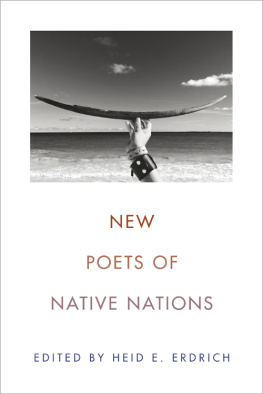

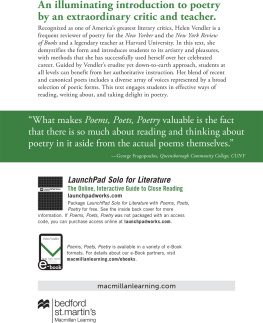




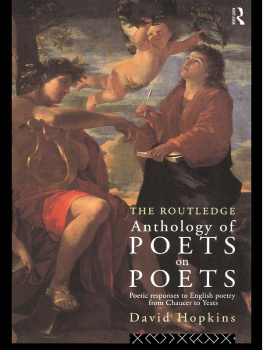
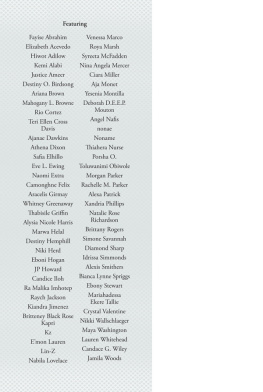
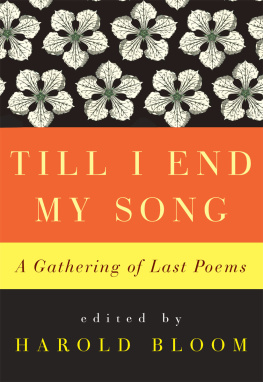

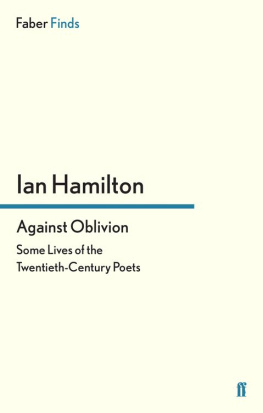
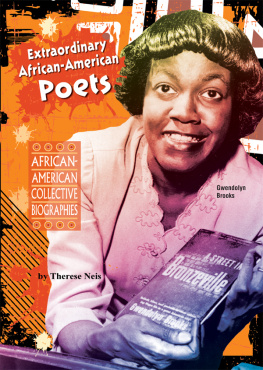

 Published by Graywolf Press 250 Third Avenue North, Suite 600 Minneapolis, Minnesota 55401 All rights reserved. www.graywolfpress.org Published in the United States of America ISBN 978-1-55597-809-9 Ebook ISBN 978-1-55597-999-7 2 4 6 8 9 7 5 3 1 First Graywolf Printing, 2018 Library of Congress Control Number: 2017953354 Cover design: Mary Austin Speaker Cover art: Sherwin Bitsui, Nizhnig nsg naaneek d
Published by Graywolf Press 250 Third Avenue North, Suite 600 Minneapolis, Minnesota 55401 All rights reserved. www.graywolfpress.org Published in the United States of America ISBN 978-1-55597-809-9 Ebook ISBN 978-1-55597-999-7 2 4 6 8 9 7 5 3 1 First Graywolf Printing, 2018 Library of Congress Control Number: 2017953354 Cover design: Mary Austin Speaker Cover art: Sherwin Bitsui, Nizhnig nsg naaneek d